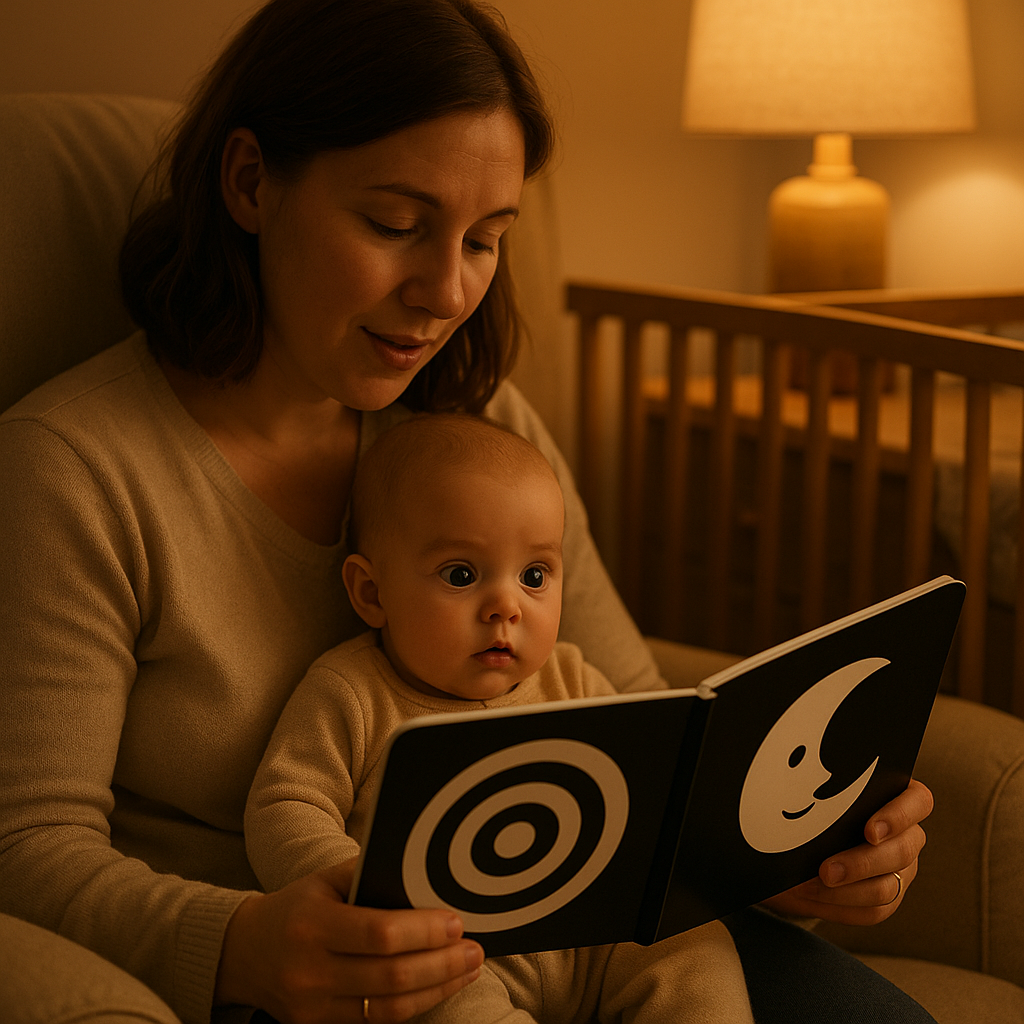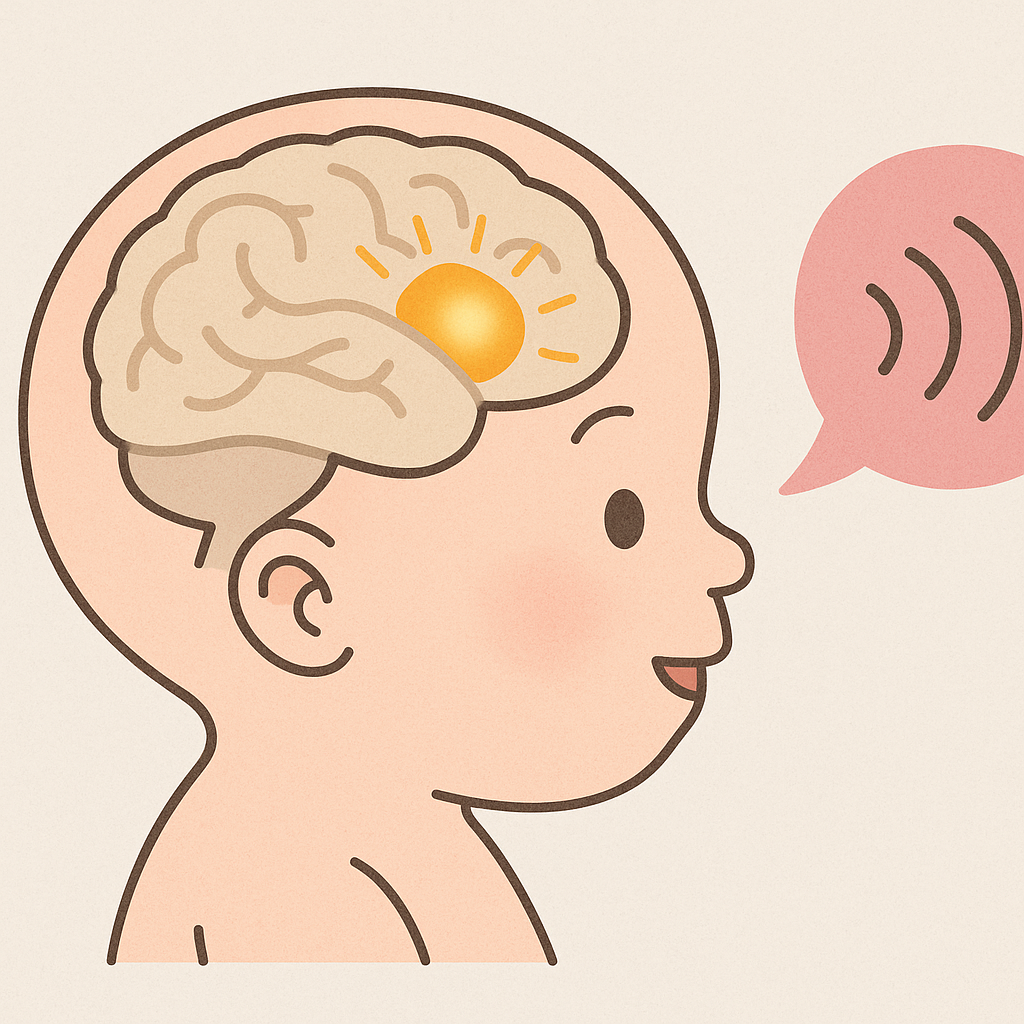By age 3, some children hear millions fewer words than their peers, a gap that can influence their language development and shape their growing brains. Research shows this “word gap” may affect early speech skills, vocabulary, and even future school success. The exciting news? You don’t need fancy toys or expensive programs to change this. Every caregiver can spark their child’s brain growth and build strong communication skills with simple, joyful conversations woven into daily life. From narrating a diaper change to chatting about a favorite toy, your words can create a foundation for lifelong learning and connection.
- What Is the “30 Million Word Gap,” and Why Should Parents Care?
- How Do Your Words Physically Wire Your Baby’s Brain?
- Are Conversational “Turns” More Powerful Than Word Counts?
- Is the 30 Million Figure Still Accurate? What Does New Research Reveal?
- Which Everyday Strategies Instantly Create a Language-Rich Home?
- How Can Multilingual and Diverse Families Turn the Gap into an Advantage?
- Your Top Questions About Early Words and Brain Growth, Answered
- Why Your Words—Not the Number—Will Always Matter
What Is the “30 Million Word Gap,” and Why Should Parents Care?
A groundbreaking 1995 study by Hart and Risley revealed that by age 3, children in higher-income homes hear millions more words—about 30 million more—than those in lower-income homes. Professional families averaged 2,150 words per hour, while families on public assistance averaged 600. This “word gap” was linked to differences in early speech development, vocabulary size, and later school success, influencing everything from reading skills to academic confidence. Learn more about Hart & Risley groundbreaking study.
But your child’s future isn’t set by these numbers. Recent research shows that talkative, engaged parents are found in every community, regardless of income. It’s not about money—it’s about interaction. Simple conversations, like chatting about breakfast or describing a walk in the park, can spark language skills and brain growth. Curious about how talking fuels your child’s mind? Explore How Talking to Your Baby Boosts Language and Brain Skills for practical tips.

How Do Your Words Physically Wire Your Baby’s Brain?
Back-and-forth talk sparks your baby’s language centers in real time. Brain scans show that every extra 11 conversational exchanges per hour boosts early language skills by one point on verbal tests and lights up Broca’s area, a key region for speech development. Frequent talking also strengthens brain wiring insulation, speeding up signals along pathways critical for communication. Explore how conversational turns impact brain development.
These changes come from “serve and return” interactions: your baby coos, you respond with a smile or word, and they babble back. Each exchange builds stronger brain connections, creating a faster, more flexible network for early language skills. For example, chatting during a diaper change or mimicking your baby’s sounds during playtime can work wonders. Using sing-song parentese in the first year amplifies this effect, grabbing your baby’s attention with its playful, exaggerated tones to fuel speech development.

Are Conversational “Turns” More Powerful Than Word Counts?
Yes—quality matters more than quantity. Research using LENA audio recorders shows that toddlers who enjoy frequent back-and-forth talk score higher on early speech skills tests than those who simply hear more adult words. These “conversational turns”—where you and your child respond to each other—build stronger language development foundations. Emotional warmth also plays a big role: Hart and Risley’s study found that professional families offered 32 positive affirmations per hour, compared to just 5 in lower-income households, fostering confidence and engagement. Explore how conversational turns impact brain development.
To spark more conversational exchanges and boost your child’s language skills:
- Narrate daily routines: Describe actions playfully, like “Let’s zip your coat—up, up, up!” to make everyday moments rich with words.
- Pause and wait: Give your child time to respond with a coo, smile, or glance before you reply, encouraging active participation.
- Name and describe objects: Point out and talk about items your child explores, like “That’s a soft, red ball!” For more ideas, see Labeling Objects for quick tips to support speech development.
Is the 30 Million Figure Still Accurate? What Does New Research Reveal?
Recent studies suggest the “30 million word gap” may be smaller but still significant—about 4 million words by age 4. Critics of Hart and Risley’s 1995 study point out its small sample size of 42 families and limited cultural diversity, which didn’t fully account for varied family dynamics. For example, bilingual households often split words across two languages, making simple word counts less meaningful. Discover the latest findings on the word gap.
Today’s research emphasizes quality over quantity. Instead of chasing a specific number, focus on equitable, responsive conversations that nurture early language skills across all cultures and languages. Whether you’re chatting about a favorite toy or singing a lullaby in your heritage language, these interactions fuel speech development and brain growth. Curious about the advantages of raising a bilingual child? Explore Raising a Bilingual Baby: Does It Boost Brain Power? for insights into how dual languages enhance cognitive skills.
Which Everyday Strategies Instantly Create a Language-Rich Home?
Small changes in your daily routine can spark thousands of brain-building words for your child. Simple, joyful conversations during everyday moments—like feeding, playing, or running errands—can boost early language skills and support speech development. Here are practical ways to weave rich talk into your day, helping your child thrive without needing special tools or extra time.
- Tune In: Notice what catches your baby’s eye, like a bright toy or a passing bird, and talk about it. Say, “Wow, that’s a shiny red car!” to connect words to their world.
- Talk More: Describe what you see, hear, or feel during chores. For example, while cooking, say, “This soup smells warm and yummy!” to introduce new words.
- Take Turns: Wait for any response—a coo, smile, or gesture—before replying. If your baby babbles during play, mimic their sound or add, “You’re so chatty today!” to encourage back-and-forth.
More parent-loved ideas to boost language development:
- Grocery store narration: Point out colors, shapes, or numbers, like “Look at the round, green apples!” to build vocabulary.
- Bath-time songs: Sing a favorite tune, weaving in your child’s name, like “Twinkle, twinkle, little Emma!” to make it personal and fun.
- Picture-book breaks: Spend five minutes reading colorful books. See Reading to Your Baby or Interactive Storytime for tips on making storytime engaging.
- Simple gestures: Introduce signs like “milk” or “more” to support communication. Learn how at Baby Sign Language.
- Limit screen time: Keep screens off for young children to avoid speech delays. Research shows excessive screen use can hinder language growth.
How Can Multilingual and Diverse Families Turn the Gap into an Advantage?
Early exposure to multiple languages boosts cognitive development without causing confusion. Babies are born with the ability to distinguish different languages, and learning more than one can enhance their mental flexibility and early language skills. A 2020 study found that bilingual children show slight advantages in problem-solving and attention, setting a strong foundation for speech development and learning. See the evidence from recent meta-analyses on bilingualism.
By embracing your family’s languages and cultural heritage, you can turn the word gap into an opportunity. Here are practical strategies to nurture your child’s brain and identity:
- Create “language zones”: Assign consistent roles, like Mom speaking Spanish during meals or Dad using English at playtime, to help your child associate languages with routines.
- Share cultural treasures: Sing traditional lullabies, tell family stories, or share rhymes from your heritage to connect language with love and identity.
- Embrace code-switching: Celebrate when your child mixes languages, like saying “Quiero milk!”—it’s a sign of mental agility and creative thinking.
- Use sign language for accessibility: For deaf or hard-of-hearing infants, early sign language builds equal brain growth and communication skills, just as spoken languages do.
These practices nurture identity while expanding neural networks for problem-solving and attention control. Need first-word ideas? Visit Helping Your Baby Say First Words.
Your Top Questions About Early Words and Brain Growth, Answered
-
When should I start reading to my baby?
Start on day one. Newborns love the rhythm of your voice, and early reading adds up to the “million word gap.” More guidance at When to Start Reading to Your Baby. -
Do overheard adult conversations help my baby learn?
Minimal impact. Babies learn most from speech directed at them, rich with facial cues and response time. -
Can I talk too much?
Not if you leave pauses. Quality conversation includes waiting for your baby’s reply—silence is part of the dialogue. -
Is parentese really necessary?
Helpful, especially in the first year. Its sing-song pitch captures attention; gradually mix in complex sentences as vocabulary grows. -
What if my child is a late talker?
Keep modeling rich language and consult your pediatrician. Early intervention plus talk-rich play supports catch-up growth.
Why Your Words—Not the Number—Will Always Matter
Early, loving conversation sculpts your child’s brain, fuels vocabulary, and opens doors long before preschool. Whether you speak one language or three, narrate a diaper change or a sunset, each responsive exchange forges neural pathways that last a lifetime. Start today, keep it joyful, and explore our Language & Communication hub for more ways to turn everyday moments into brain-building magic.